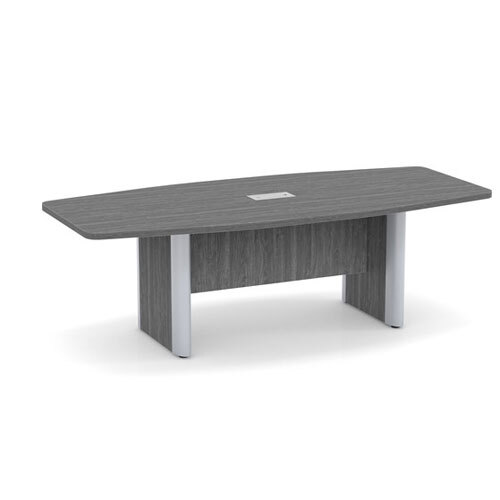Office Task Chairs
-

235 EC2 Series
-

Atlas Series
-

AX Series
-

Comformatic Series
-

CoolMesh Pro Plus Series
-

CoolMesh Pro Series
-

CoolMesh Series
-

CoolMesh Value Series
-

Crescent Series
-

CXO Series
-

Entice Series
-

Harmony Series
-

Hendryx Series
-

Hugo Series
-

Ignition 2.0 Series
-

Loop Series
-

Lovan Series
-

Mario Series
-

Marlie Series
-

NEXT Series
-

Nucleus Series
-

Presider Series
-

Propel Series
-

Sense Series
-

Solve Series
-

Spice Tilter
Shop All Office Task Chairs
Harmony Multi-Purpose Chair - Black Base and Frame with Grey Seat
p/n: CHK42121BLKGRYSL06
Harmony Multi-Purpose Chair - Black Base and Frame with Mustard Seat
p/n: CHK42121BLKMUSSL04
Harmony Multi-Purpose Chair - Black Base and Frame with Red Seat
p/n: CHK42121BLKREDSL02
Harmony Multi-Purpose Chair - Black Base and Frame with Teal Seat
p/n: CHK42121BLKTEASL05
Harmony Multi-Purpose Chair - Black Base and Light Grey Frame with Grey Seat
p/n: CHK42121GRYGRYSL06
Harmony Multi-Purpose Chair - Black Base and Light Grey Frame with Mustard Seat
p/n: CHK42121GRYMUSSL04
Harmony Multi-Purpose Chair - Black Base and Light Grey Frame with Red Seat
p/n: CHK42121GRYREDSL02
Harmony Multi-Purpose Chair - Black Base and Light Grey Frame with Teal Seat
p/n: CHK42121GRYTEASL05
Harmony Multi-Purpose Chair - Polished Aluminum Base and Black Frame with Grey Seat
p/n: CHK42126BLKGRYSL06
Harmony Multi-Purpose Chair - Polished Aluminum Base and Black Frame with Mustard Seat
p/n: CHK42126BLKMUSSL04
Harmony Multi-Purpose Chair - Polished Aluminum Base and Black Frame with Red Seat
p/n: CHK42126BLKREDSL02
Harmony Multi-Purpose Chair - Polished Aluminum Base and Black Frame with Teal Seat
p/n: CHK42126BLKTEASL05
Harmony Multi-Purpose Chair - Polished Aluminum Base and Light Grey Frame with Grey Seat
p/n: CHK42126GRYGRYSL06
Task chairs are powerhouses of productivity and essential in every office that values all-day focus and efficiency. They’re designed for ergonomic comfort and effortless movement, ideal for people who move around the workspace but still need solid support while seated.
Why Choose Source Office Furniture
We want you to feel great while you work, so we make sure every task chair we offer brings comfort, quality, and value to your workspace. With expert advice, quick delivery, assembly support, and post-purchase care, we make the process easy at every step.























































































